THE Graft™ is a natural porcine-derived bone mineral matrix specifically designed for bone regeneration.
THE Graft™ is manufactured through a proprietary manufacturing process that maintains its original structure and removes all organic components from pig bones, so there is no risk of immunogenicity and similar to the physical and chemical properties of the mineralized matrix of human bones.
Sterilized by gamma irradiation, THE Graft™ is supplied in convenient vials containing cancellous granules, ensuring both safety and ease of clinical handling. THE Graft™ integrates seamlessly within the healing process, being gradually resorbed and naturally replaced by newly formed bone.
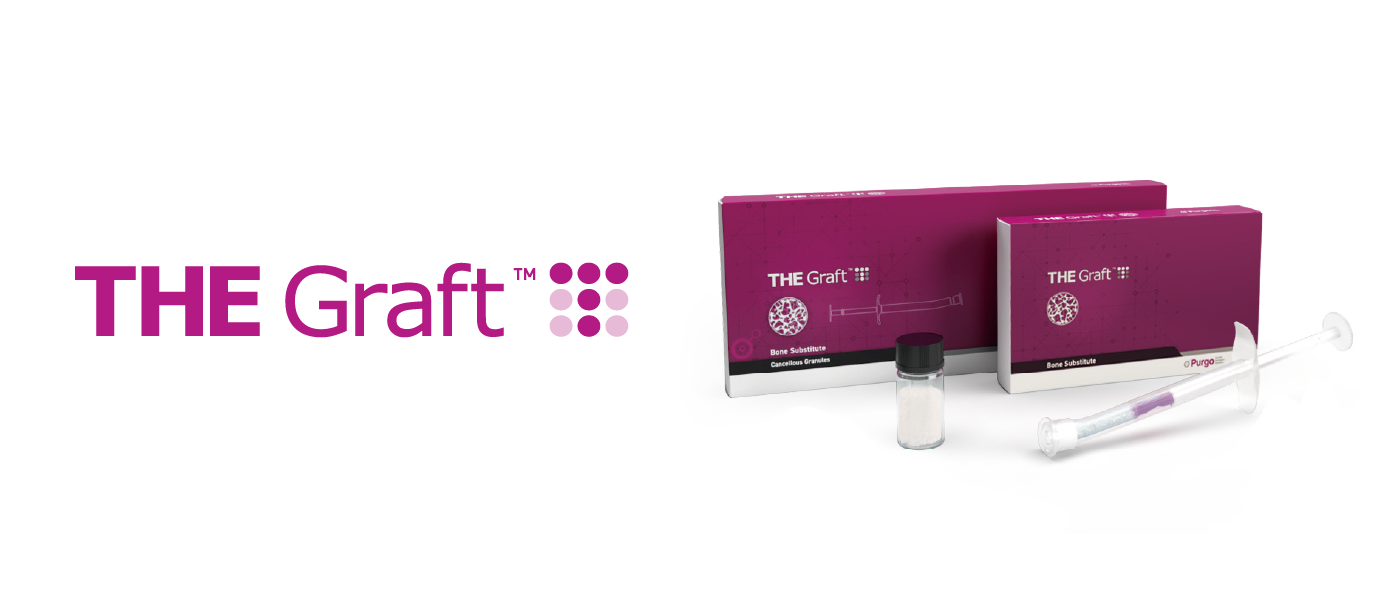
[3-4-5]
THE Graft™ Biocompatibility
THE Graft™ is structurally similar to human bone. It has high possible level of porosity combined with a natural interconnectivity.
Safe & Biocompatible
The combination of porcine origin with the high level of purity enables predictable bone growth without risking an immunogenic reaction.
In an In-Vitro study THE Graft™ was shown to encourage cell adhesion to the same extent as the compared DBBM (Deproteinized bovine bone matrix), and therefore offering optimal conditions for vital cell growth.
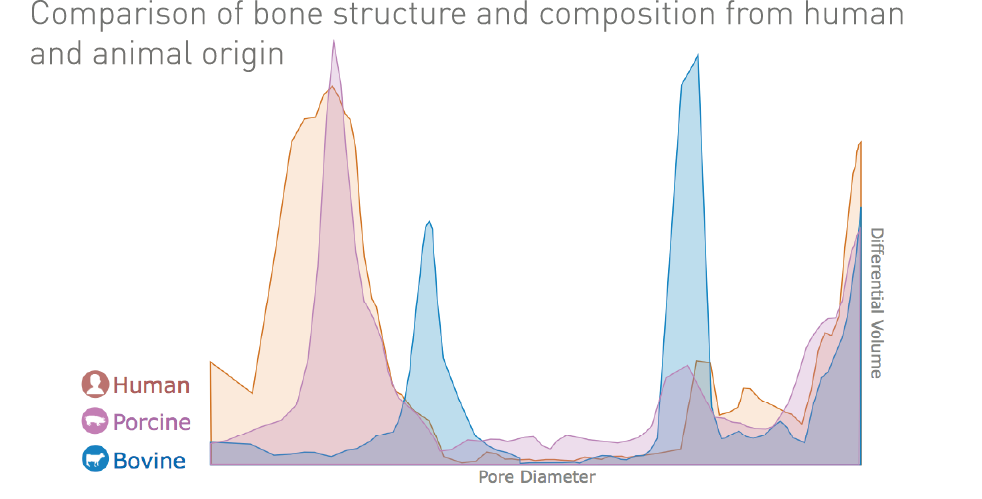
Porosity is an important factor in determining tissue-implant material integration.
High porosity leads to a quicker absorption of liquids and cells spreading.
THE Graft™ provides the optimized bone architecture for cells adhesions and tissue regeneration.
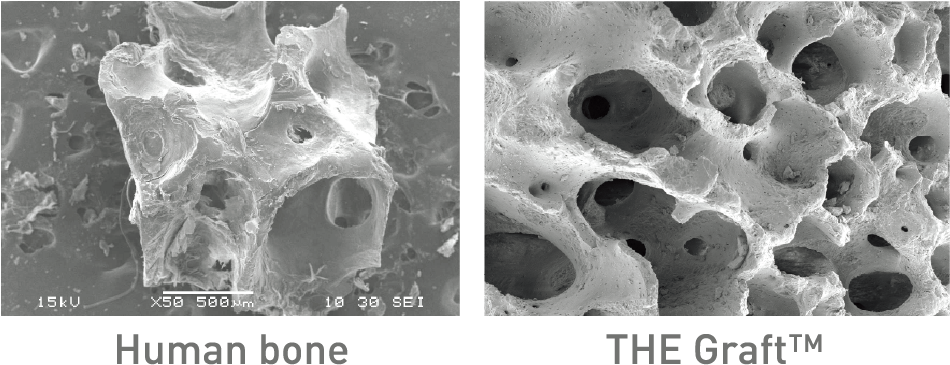


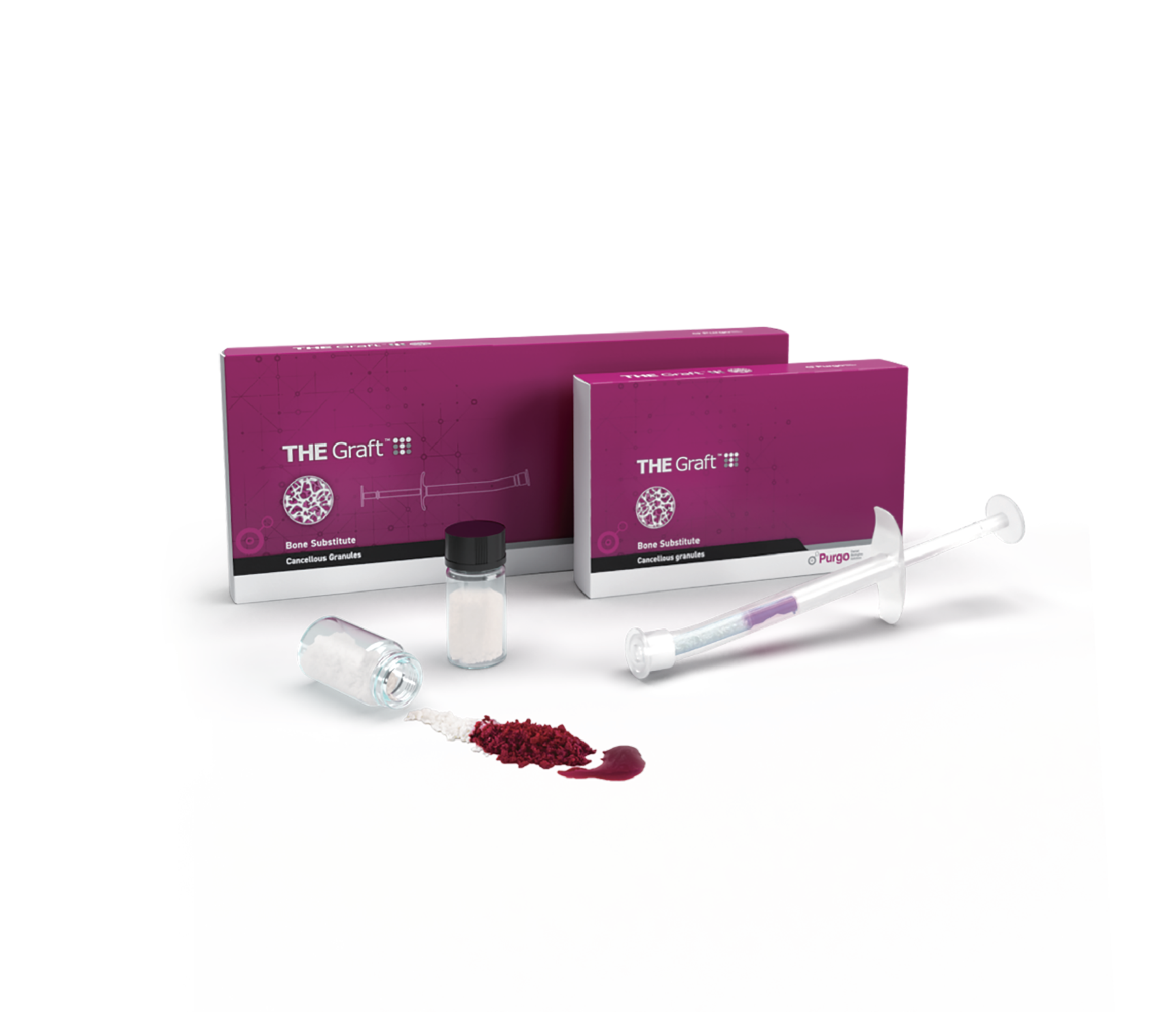
«Safety and purity are an important concern when using a biomaterial»
[3-4-5]
THE Graft™ Purity
Proprietary virus inactivation process technology.
Thanks to highly efficient manufacturing process, THE Graft™ is free from any organic components that might be potential causes of infection or immune reaction. In addition the unique process helps preserve the physical properties of THE Graft™ with its native osseous structure.
A large surface area is a key requirement for graft materials, and not only results in a larger surface region available for osteoblast cells attachment but also facilitates the exchange of nutrients and waste products, it allows greater amounts of blood, proteins, and growth factors to be absorbed
onto the scaffold.
THE Graft has a high purity.
The analysis result minimal residual protein, soft tissue, and organic bone matrix, proves that THE Graft™ is deproteinized enough for safe use.
Other than THE Graft™, such low values for organic residues are only found with bone graft material treated at high temperatures which may cause the detriment of the natural bone structure.
[3-4-5-6]
THE Graft™ High Porosity
High porosity and early remodeling improve clinical performance
The high porosity of THE Graft™ means a quicker absorption of fluids (e.g; blood) in comparison with DBBM. This not only facilitates the application of the material but also leads to early remodelling and improved clinical performance.
High level of porosity was demonstrated with particle pore structure test, particle size distribution test and total porosity tests.

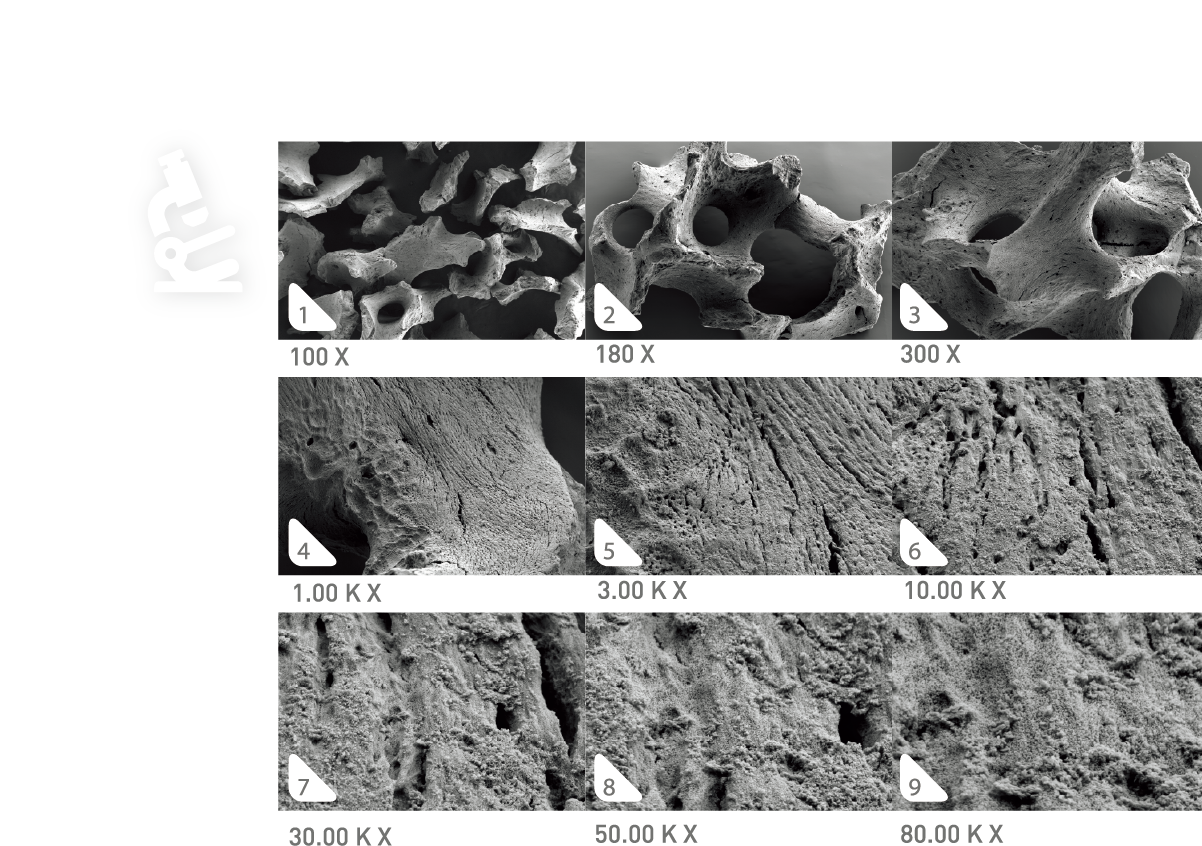
- Macropores (diameter > 100μm), are necessary to form blood vessels and induce both bone growth and reorganization around the graft material.
- Micropores (diameter <10 μm), are required for the penetration of body fluids, ion transportation, the attachment of osteoblasts, and the precipitation of newly formed HA.
- Nanopores are characterized by dimension of less than 100 nanometers pores size between grains. Nano-porosity increases bone graft permeability to the physiological fluids and cells adhesion.


Indications
- Extraction Socket with Intact Wall
- Extraction Socket with Damaged Wall
- Sinus Floor Elevation
Info File
References
- [3] Physicochemical characterization of porcine bone-derived grafting material and comparison with bovine xenografts for dental applications. Jung Heon Lee, Gyu Sung Yi, Jin Woong Lee, Deug Jeong Kim, School of Advanced Materials Science and Engineering, Sungkyunkwan University, Suwon, Korea 2SKKU Advanced lnstitute of Nanotechnology, Sungkyunkwan University, Suwon, Korea
- [4] Process Development of a virally-safe dental xenograft material from porcine bones, Dong-Myon Kim, Ho-Chang Kang, Hyung-Joon Cha, Jung Eun Bae, and ln Seop Kim, Korean Journal of Microbiology [2016] Vol. 52, No.2, pp. 140-147
- [5] Effect of the calcination temperature on the composition and microstructure of hydroxyapatite derived from human and animal bone, M. Figueiredo, A. Fernando, G. Martins, J. Freitas, F.Judas, H. Figueiredo - Ceramics International Volume 36, Issue 8, December 2010, Pages 2383-2393 [2016]140-147
- [6] Osteogenic effect of low-temperature-heated porcine bone particles in a rat calvarial defect model., Go A 1, Kim SE, Shim KM. Lee SM, Choi SH, Son JS, Kang SS . J Biomed Mater Res A. 2014 Oct:102[10):3609-17. doi: 10.1002/jbm.a.35022. Epub 2013 Nov 18
THE Graft™ Demonstration
THE Graft™ Specifications
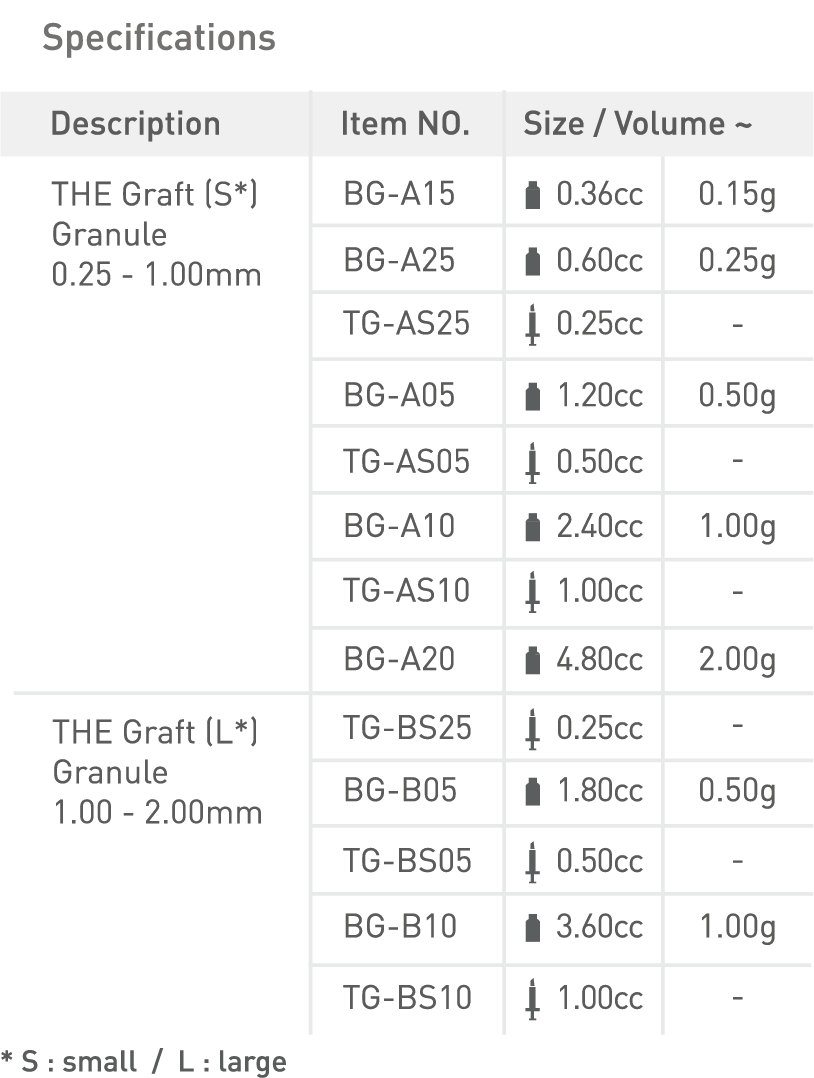
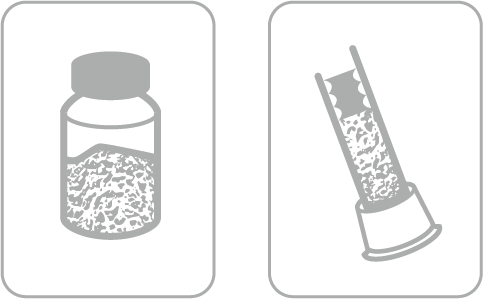
Discover our products
- ALL
- Bone Grafts
- Membranes
- Wound Dressing
- Sutures
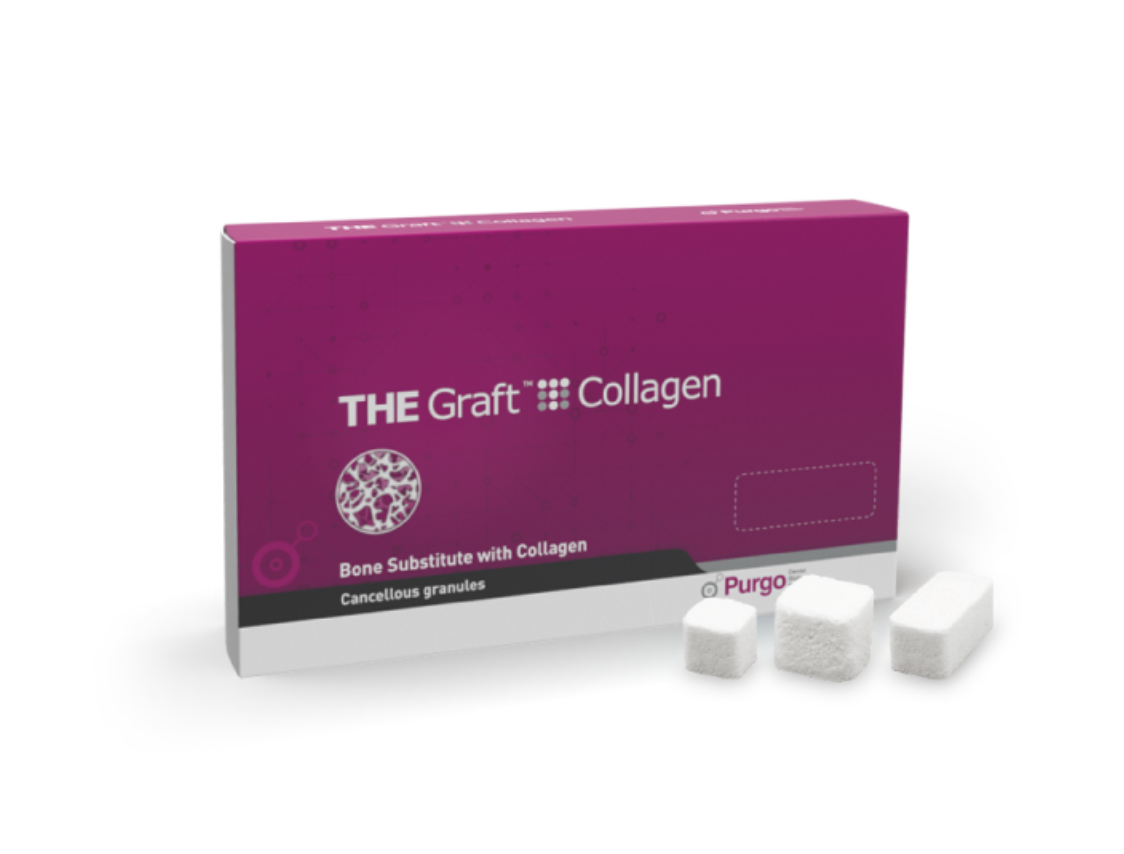
THE Graft Collagen™
THE Graft™ Collagen is composed of porcine-derived bone mineral matrix from cancellous bone and atelocollagen from porcine tendon…
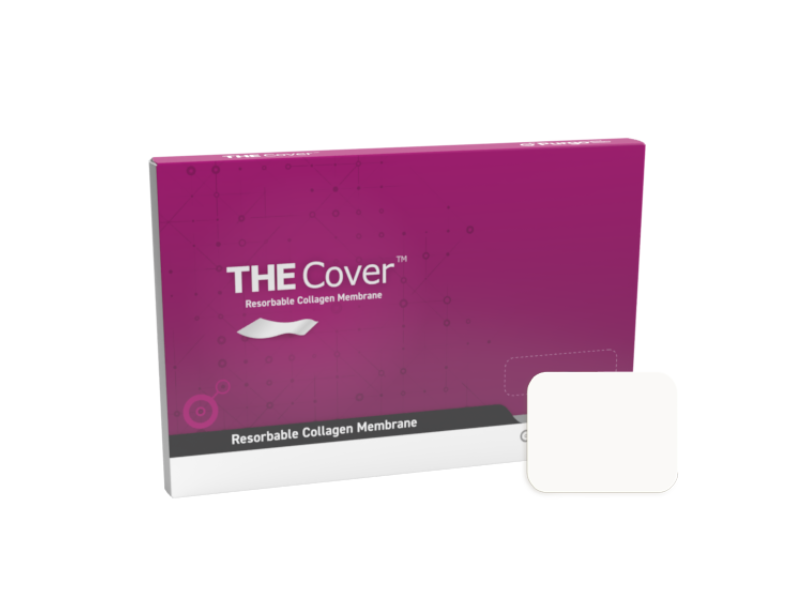
THE Cover™
THE Cover™ is a resorbable membrane originated from a pure Type I Collagen, and it’s highly biocompatible and cell-friendly since chemical crosslinking agent was not used…

OpenTex®
OpenTex® Non-Resorbable PTFE Membrane is a pure medical-grade polytetrafluoroethylene (PTFE) sheet with inert biological features and predictable barrier effect.

Gide Plug®
Gide Plug® Collagen Wound Dressing is a white, porous, pliable and absorbable collagen wound dressing. Gide Plug® Collagen Wound Dressing is fabricated by fibrous…

Biotex®
Biotex® Non-Resorbable PTFE Suture is comprised of a single-arm, non-resorbable monofilament suture with a stainless-steel surgical needle connected to the suture.
